Independence of Health Saving as an Indicator of Physical Culture of University Students
Author(s)
Andrey I. Korobchenko, Candidate of Sciences (History), Associate Professor, Associate Professor at the Department of Physical Culture and Sports, https://orcid.org/0000-0002-9650-8081, Irkutsk State Transport University
15 Chernyshevsky St, Irkutsk, Russia, 664074, tel.: +7 (3952) 638399, This email address is being protected from spambots. You need JavaScript enabled to view it.
Gennady M. Golubchikov, Lecturer at the Department of Humanities and Socio-Economic Disciplines, https://orcid.org/0000-0002-2546-3883, East Siberian Branch of the Russian State University of Justice
23-a Iv. Franko St, Irkutsk, Russia, 664074, tel.: +7 (3952) 411283
Lecturer at the Department of Physical Culture and Health Center, Irkutsk State University
1 K. Marx St, Irkutsk, Russia, 664003, tel.: +7 (3952) 243220, This email address is being protected from spambots. You need JavaScript enabled to view it.
Svetlana A. Kharchenko, Candidate of Sciences (Pedagogy), Associate Professor, Associate Professor of the Department, https://orcid.org/0000-0002-2648-5961, Pedagogy Irkutsk State University
1 K. Marx St, Irkutsk, Russia, 664003, tel.: +7 (3952) 243220, This email address is being protected from spambots. You need JavaScript enabled to view it.
Mariam R. Arpentieva, Doctor of Sciences (Psychology), Associate Professor, Professor of the Russian Academy of Natural Sciences, https://orcid.org/0000-0003-3249-4941, Corresponding Member of the Russian Academy of Natural Sciences, Academician of the International Academy of Education, Honored Worker of Science and Education of the Russian Academy of Natural Sciences, Freelance Expert Center for Psychological, Pedagogical, Medical and Social Assistance “Assistance”
44 Dostoevsky St, Kaluga, Russia, 248000, tel.: +7 (4842) 575144, This email address is being protected from spambots. You need JavaScript enabled to view it.
Abstract.
The introduction substantiates the relevance of the issue of independent health protection of university students by means of physical culture. The study notes the need to address the questions of how to build and develop independence and what it consists of in different stages of existence and development of the student as a person, partner, and professional.
Materials and methods. The study aims to conduct an integrative analysis of studies on the independence of health protection as an indicator of physical culture of university students. Independence of health saving is considered as an index of high development, effectiveness, awareness of the physical culture of university students, their free and responsible behavior and attitude to the development and implementation of an individual health saving trajectory,
including an individualized physical activity.
Results of the research. The state of the research and problems of building and developing health protection independence as a criterion of physical culture of university students in modern pedagogical science and practice have been studied. The results of studies on the health protection independence as an integrative indicator of physical culture of university students have been summarized and the conclusion about the importance of using the independence of health protection as a criterion for assessing the extent to which physical culture is developed has been made.
Conclusions: Prospects for and directions of the development of independence of health saving as an indicator of physical culture of university students are highlighted.
Keywords: health protection, motivation, independent activity, physical culture, independent health protection, competence-activity approach, motor mode, individual trajectory of health protection, independent formation of a motor mode, educational independence
For citation: Korobchenko A. I., Golubchikov G. M., Kharchenko S. A., Arpentieva M. R. Independence of Health Saving as an Indicator of Physical Culture of University Students. Pedagogicheskiy IMIDZH = Pedagogical IMAGE. 2022; 16(1): 51−60. (In Russ.). DOI: https://doi.org/10.32343/2409-5052-2022-16-1-51-60
UDС: 796; 378
DOI: https://doi.org/10.32343/2409-5052-2022-16-1-51-60






